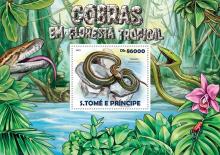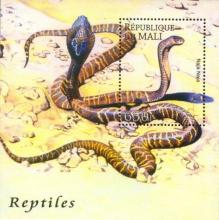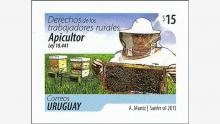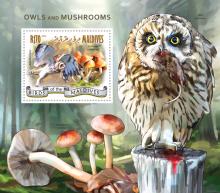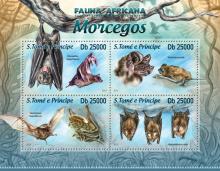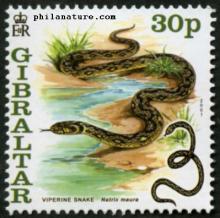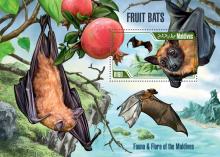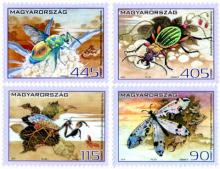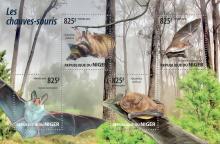A deadly fungus is infecting snake species seemingly at random
A deadly fungal disease that’s infecting snakes in the eastern and midwestern United States doesn’t appear to discriminate by species, size or habitat, researchers report online December 20 in Science Advances. The infection, caused by the fungal pathogen Ophidiomyces ophiodiicola, can cover snakes’ bodies with lesions that make it hard for the reptiles to do normal snake things like slither and eat. Many eventually die from the infection. Fungal spores hang around in the soil and can spread to snakes that pick the particles up.

